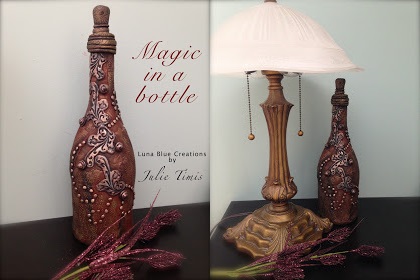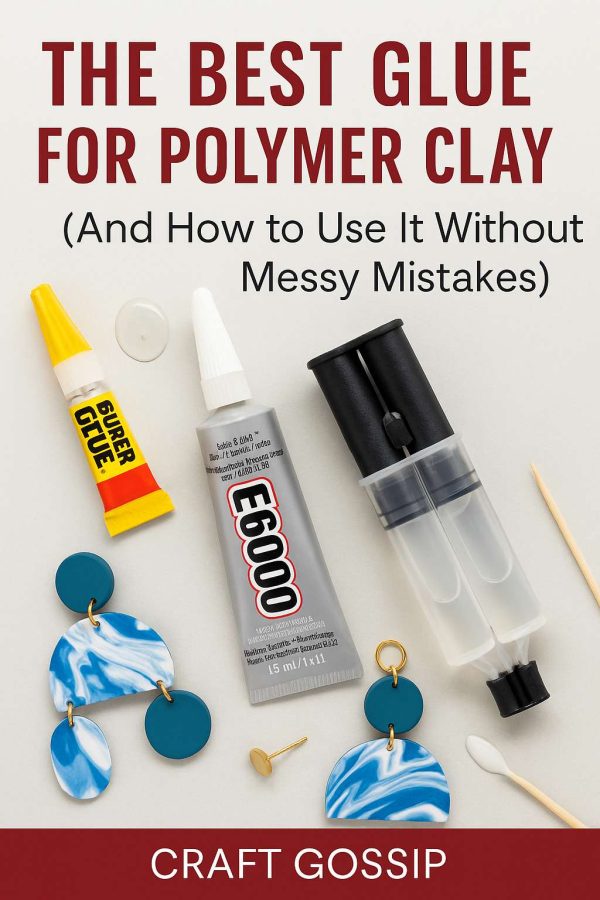
As show season approaches I’m poking around for ideas on how to add fantasy and quirky themes to my line. This neat bottle is done in a bit of a Steampunk design but I find that’s often got a lot of the same elements I’m looking for. As the artist points out, the use of texture on the piece minimizes the appearance of fingerprints. Extruded strings of clay are used to add bezels around glass gems mounted on the bottle and little clay dots and rivets are added for interest. Guilder’s Paste is used as a finish to give it a great antiqued metallic look.
